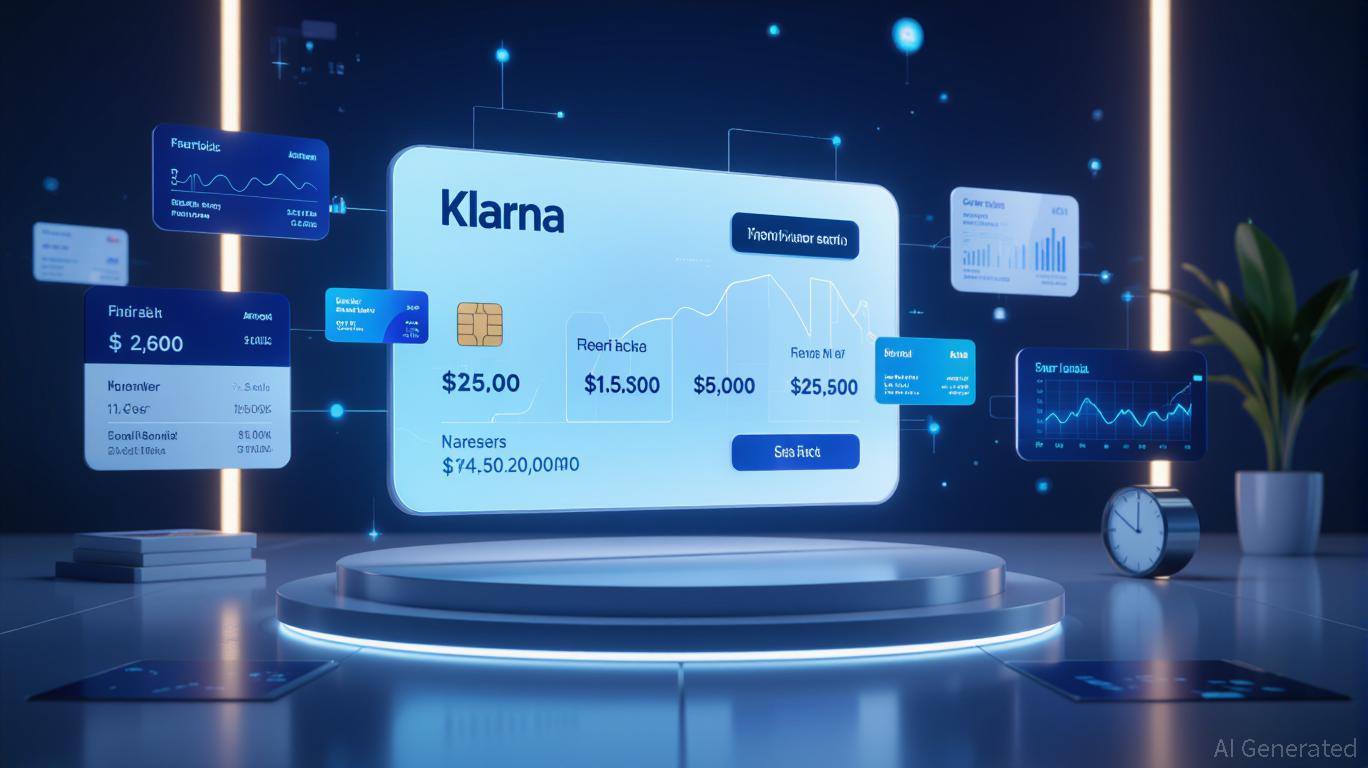AInvest Newsletter
Daily stocks & crypto headlines, free to your inbox
The abrupt suspension of Kroger’s home delivery services in May 2025—a move that left customers stranded and investors scrambling—exposes a critical flaw in legacy retailers’ digital transitions. While the grocery giant cited “strategic reallocation” as the reason for killing its third-party
Ship platform, the reality is far more ominous. This crisis is not an isolated misstep but a symptom of systemic risks in outdated omnichannel models. For investors, it’s a clarion call to reassess retail sector resilience and pivot toward companies with robust e-commerce infrastructure.
Kroger’s decision to shut down its home delivery service—quietly announced in March 2025—reflects a perfect storm of post-pandemic market shifts and operational failures. The decline in ship-to-home demand (from 42% of online sales pre-pandemic to just 19% by 2025) left the Kroger Ship platform economically unsustainable. Compounding this was the company’s reliance on costly third-party logistics and underperforming fulfillment centers, which failed to meet internal benchmarks.
Worse, the move came amid leadership turmoil. CEO Rodney McMullen’s resignation in March 2025 and the subsequent reorganization under new digital leadership signaled a scramble to stabilize core grocery delivery and pickup services. Yet, customers reliant on Kroger Ship—especially those in remote areas—were left without alternatives, sparking backlash and accelerating defections to rivals like Walmart and Amazon.
In contrast to Kroger’s struggles, Walmart and Amazon have mastered the art of omnichannel retailing. Walmart’s localized fulfillment network and self-checkout optimizations (e.g., limiting cart sizes to 15 items) prioritize speed and cost efficiency. Amazon’s Prime ecosystem, meanwhile, leverages its scale to dominate both general merchandise and grocery delivery.
Kroger’s fatal flaw? A reliance on outdated infrastructure and a failure to invest in scalable digital solutions. While Walmart’s e-commerce margins expanded by 8% in 2024, Kroger’s third-party marketplace experiment siphoned resources without delivering returns. The shutdown now forces Kroger to double down on its core—grocery—while ceding ground in the broader retail battlefield.
Kroger’s crisis is a warning for investors: legacy retailers’ digital transitions are riddled with vulnerabilities.
Is Kroger’s delivery suspension a temporary setback or a harbinger of deeper sector-wide risks? The answer lies in two critical questions:
- Can legacy retailers adapt? Kroger’s recent leadership changes and focus on core grocery delivery suggest a path forward, but execution is uncertain.
- Is omnichannel retail viable without scale? Amazon and Walmart’s success hinges on economies of scale Kroger lacks.
For investors, the writing is on the wall: rotate out of underfunded omnichannel models and into companies with resilient logistics ecosystems.
Kroger’s delivery crisis is not just a company-specific issue—it’s a sector-wide reckoning. Investors must now distinguish between retailers with agile, cost-efficient digital strategies and those clinging to outdated models. The latter face existential risks as consumer preferences harden toward speed, affordability, and reliability.
For now, the path forward is clear: exit vulnerable legacy players, double down on logistics infrastructure plays, and bet on the retailers who’ve already mastered omnichannel resilience. The next phase of retail will belong to the few, not the many.
Disclosure: This analysis is for informational purposes only and does not constitute financial advice. Investors should conduct their own research and consult professionals before making decisions.
Tracking the pulse of global finance, one headline at a time.

Sep.11 2025

Sep.11 2025

Sep.11 2025

Sep.11 2025

Sep.11 2025
By continuing, I agree to the
Market Data Terms of Service and Privacy Statement
Daily stocks & crypto headlines, free to your inbox
Comments
No comments yet